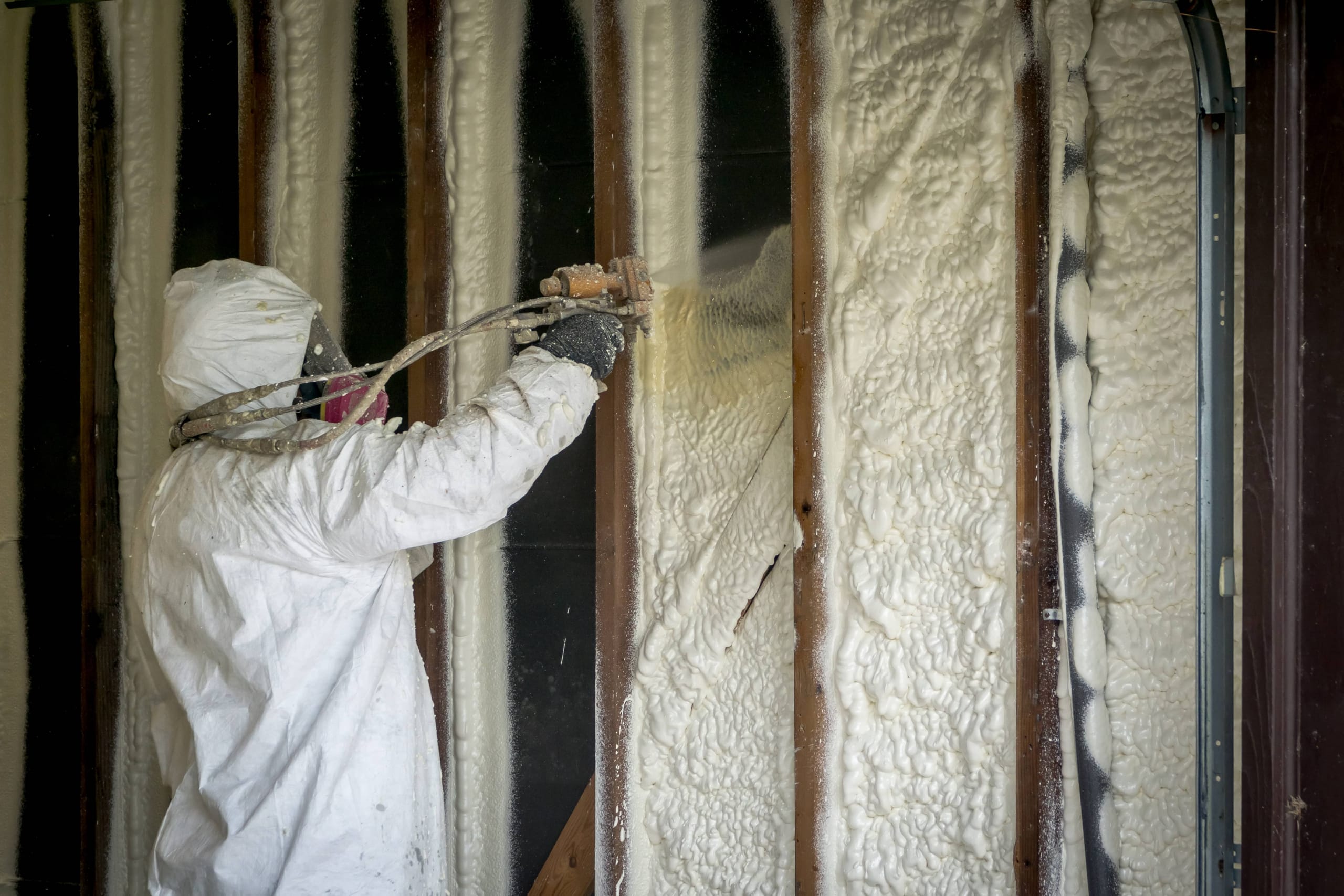Concrete is one of the most widely used construction materials in the world, but its inherent porosity can lead to significant issues when exposed to water. Whether you are constructing a basement, a swimming pool, or any structure that requires water resistance, creating a waterproof concrete mix is essential. In this article, we will delve into the intricacies of formulating a waterproof concrete mix, exploring the materials, techniques, and best practices to ensure durability and longevity.
Understanding the Importance of Waterproof Concrete
Waterproof concrete is crucial for preventing water infiltration, which can lead to structural damage, mold growth, and deterioration over time. The need for waterproofing is particularly vital in areas with high moisture levels or where water exposure is inevitable. By using a waterproof concrete mix, you can enhance the lifespan of your structures and reduce maintenance costs.
Key Components of Waterproof Concrete Mix
To create an effective waterproof concrete mix, it is essential to understand the key components involved:
- Cement: The primary binding agent in concrete, cement plays a crucial role in the overall strength and durability of the mix. Opt for high-quality Portland cement, which provides excellent resistance to water.
- Aggregates: The choice of aggregates significantly impacts the waterproofing properties of concrete. Use well-graded, clean aggregates to minimize voids and improve the density of the mix. Fine aggregates, such as sand, should be used in moderation to avoid excessive shrinkage.
- Water: The water-to-cement ratio is critical in determining the strength and waterproofing capabilities of concrete. A lower water-to-cement ratio (typically between 0.4 and 0.5) enhances strength but may require the use of superplasticizers to maintain workability.
- Admixtures: Incorporating specific admixtures can significantly enhance the waterproofing properties of concrete. Common types include:
- Waterproofing Agents: These are chemical additives that reduce the permeability of concrete. They can be either integral (mixed into the concrete) or surface-applied.
- Hydrophobic Agents: These additives repel water and help prevent moisture penetration.
- Crystalline Waterproofing Admixtures: These products form crystals within the concrete matrix, blocking water pathways and enhancing durability.
Step-by-Step Guide to Making Waterproof Concrete Mix
Step 1: Gather Materials
Ensure you have all the necessary materials on hand:
- Portland cement
- Clean, well-graded aggregates (coarse and fine)
- Clean water
- Waterproofing admixtures (if applicable)
- Mixing tools (concrete mixer, shovel, etc.)
Step 2: Determine the Mix Ratio
A typical waterproof concrete mix ratio is 1 part cement, 2 parts sand, and 3 parts gravel, with a water-to-cement ratio of 0.4 to 0.5. Adjust the ratios based on specific project requirements and the type of waterproofing admixture used.
Step 3: Mix the Dry Ingredients
In a concrete mixer, combine the dry ingredients (cement, sand, and gravel) thoroughly. This ensures an even distribution of materials, which is crucial for achieving consistent waterproofing properties.
Step 4: Add Water and Admixtures
Gradually add water to the dry mix while continuously mixing. If using waterproofing admixtures, follow the manufacturer's instructions for the correct dosage. Ensure that the mix achieves a workable consistency without being overly wet.
Step 5: Mix Thoroughly
Continue mixing until the concrete reaches a uniform consistency. The mix should be cohesive and pliable, allowing for easy placement without segregation of materials.
Step 6: Test the Mix
Before pouring the concrete, conduct a slump test to assess workability. Adjust the water content if necessary, but be cautious not to exceed the recommended water-to-cement ratio.
Best Practices for Application
- Surface Preparation: Ensure that the surfaces to which the waterproof concrete will be applied are clean, free of debris, and adequately prepared to promote bonding.
- Curing: Proper curing is essential for achieving the desired strength and waterproofing properties. Keep the concrete moist for at least 7 days after pouring to allow for optimal hydration.
- Sealing: For additional protection, consider applying a waterproof sealant to the surface of the cured concrete. This can provide an extra layer of defense against moisture infiltration.
Conclusion
Creating a waterproof concrete mix is a vital skill for any construction professional or DIY enthusiast. By understanding the components, following a systematic approach, and adhering to best practices, you can ensure that your concrete structures remain resilient against water damage. Investing time and effort into formulating a high-quality waterproof concrete mix will pay dividends in the longevity and durability of your projects. Whether you are building a foundation, a retaining wall, or a decorative feature, the right waterproof concrete mix is your first line of defense against the elements.

